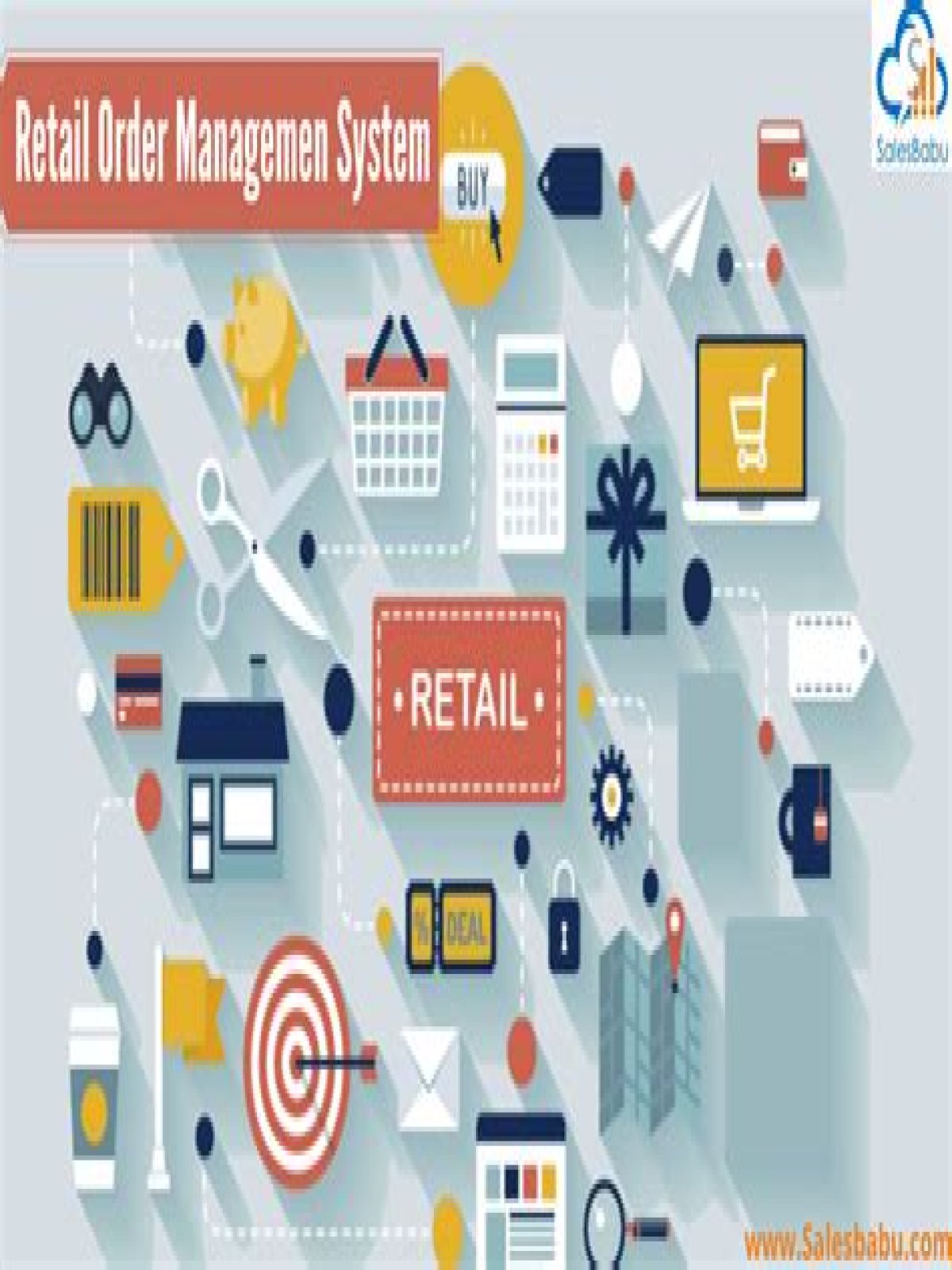What are retail management systems?
A retail management system (RMS) is a platform that combines several useful tools to aid in running a retail store or chain, such as inventory management, point of sale (POS), and customer relationship management (CRM).
How does the retail system work?
Retailers rely on a system that supplies them with merchandise to market to consumers. To acquire inventory and ensure they have the products they want to sell, relationships must be established with businesses that operate within the retail supply chain. Consumers: Buy the goods from the retailer for personal use.
What are the objectives and retail management system?
Retail business has to have a fully updated data for revenue, inventory, and sales. The outstanding features of retail management software help enterprises in keeping a useful track record of every small detail from staff efficiency to costs, profit, and product description.
What systems do retailers use?
For example, a retail management system can contain tools for inventory management, point of sale, and customer relationship management (CRM). Netsuite and Lightspeed are examples of retail management software.
What is an example of retail software?
The most famous examples of retail software are the products offered on the IBM PC and clones in the 1980s and 1990s, including famous programs like Lotus 123, Word Perfect and the various parts that make up Microsoft Office. Microsoft Windows is also shrinkware, but is most often pre-installed on the computer.
What is the importance of retail management?
Retail management saves time and ensures the customers easily locate their desired merchandise and return home satisfied. An effective management avoids unnecessary chaos at the store. Effective Management controls shopliftings to a large extent.
What is an example of retail?
Retail businesses sell items or services to customers for their consumption, use, or pleasure. Examples of retail businesses include clothing, drug, grocery, and convenience stores.
What are the 3 types of retailing?
From a marketing perspective, retailers are closer to consumers than manufacturers. Retailers are the final stage in the marketing chain and the contact point between consumers and manufactured products….Three forms of nonstore retailing are;
- direct marketing,
- direct selling, and.
- automatic vending.
What is the aim of retail?
The overall objective of retail marketing is creating and developing services and products that meet the specific needs of customers and offering these products at competitive, reasonable prices that will still yield profits.
What is a good objective for retail?
To acquire a challenging career as a retail manager with a solid company utilizing the opportunity to employ proven and developing skills. Obtain a position that will give me the opportunity to apply my retail sales experience to a growing industry.
What makes a retailer a ” retail ” company?
Retailers typically don’t manufacture their own items. They purchase goods from a manufacturer or a wholesaler and sell these goods to consumers in small quantities. Retailing is the distribution process of a retailer obtaining goods or services and selling them to customers for use.
What kind of software does a retail store use?
What is Retail Management Systems Software? Retail management software manages financial reporting, accounting and operations of retail stores by integrating core business processes such as point of sale (POS), customer relationship management (CRM), inventory management, accounting, human resources, marketing and eCommerce.
What kind of transaction is a retail transaction?
In simple terms, retailing is the transaction of small quantities of goods between a retailer and the customer where the good is not bought for the resale purpose. What is A Retailer?
What are the functions and functions of retail?
The manufacturer tries to communicate the advantages of their products as well as the offers and discounts through retailers. Retail also acts as a mediator between the company and the customer and communicates the feedback given by the customers back to the manufacturer or wholesaler.
